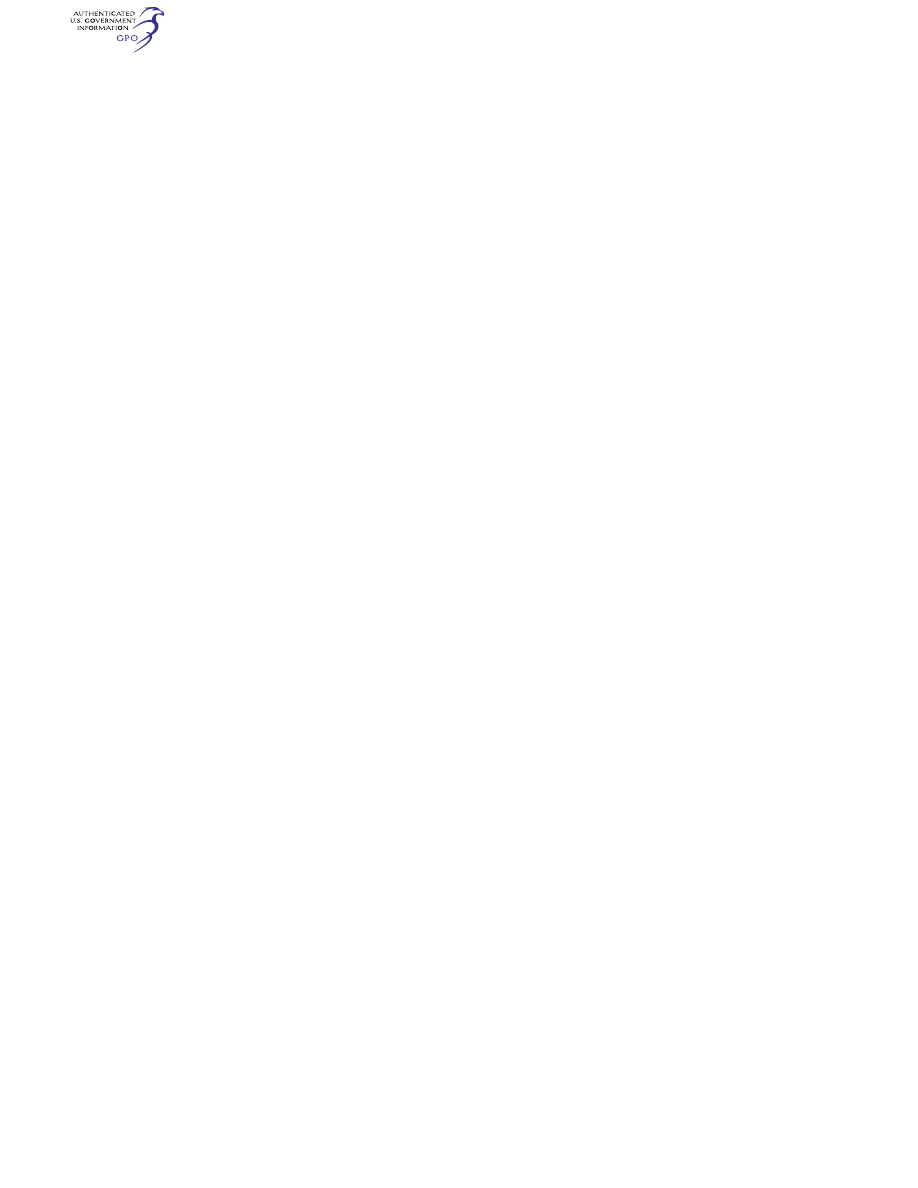
606
14 CFR Ch. I (1–1–24 Edition)
§ 29.673
power-operated system is necessary to
show compliance with the flight char-
acteristics requirements of this part,
the system must comply with § 29.671 of
this part and the following:
(a) A warning which is clearly distin-
guishable to the pilot under expected
flight conditions without requiring the
pilot’s attention must be provided for
any failure in the stability augmenta-
tion system or in any other automatic
or power-operated system which could
result in an unsafe condition if the
pilot is unaware of the failure. Warning
systems must not activate the control
systems.
(b) The design of the stability aug-
mentation system or of any other auto-
matic or power-operated system must
allow initial counteraction of failures
without requiring exceptional pilot
skill or strength, by overriding the
failure by moving the flight controls in
the normal sense, and by deactivating
the failed system.
(c) It must be show that after any
single failure of the stability aug-
mentation system or any other auto-
matic or power-operated system—
(1) The rotorcraft is safely control-
lable when the failure or malfunction
occurs at any speed or altitude within
the approved operating limitations;
(2) The controllability and maneuver-
ability requirements of this part are
met within a practical operational
flight envelope (for example, speed, al-
titude, normal acceleration, and rotor-
craft configurations) which is described
in the Rotorcraft Flight Manual; and
(3) The trim and stability character-
istics are not impaired below a level
needed to allow continued safe flight
and landing.
[Amdt. 29–24, 49 FR 44437, Nov. 6, 1984]
§ 29.673
Primary flight controls.
Primary flight controls are those
used by the pilot for immediate control
of pitch, roll, yaw, and vertical motion
of the rotorcraft.
[Amdt. 29–24, 49 FR 44437, Nov. 6, 1984]
§ 29.674
Interconnected controls.
Each primary flight control system
must provide for safe flight and landing
and operate independently after a mal-
function, failure, or jam of any auxil-
iary interconnected control.
[Amdt. 27–26, 55 FR 8003, Mar. 6, 1990]
§ 29.675
Stops.
(a) Each control system must have
stops that positively limit the range of
motionof the pilot’s controls.
(b) Each stop must be located in the
system so that the range of travel of
its control is not appreciably affected
by—
(1) Wear;
(2) Slackness; or
(3) Takeup adjustments.
(c) Each stop must be able to with-
stand the loads corresponding to the
design conditions for the system.
(d) For each main rotor blade—
(1) Stops that are appropriate to the
blade design must be provided to limit
travel of the blade about its hinge
points; and
(2) There must be means to keep the
blade from hitting the droop stops dur-
ing any operation other than starting
and stopping the rotor.
(Secs. 313(a), 601, 603, 604, Federal Aviation
Act of 1958 (49 U.S.C. 1354(a), 1421, 1423, 1424),
sec. 6(c), Dept. of Transportation Act (49
U.S.C. 1655(c)))
[Doc. No. 5084, 29 FR 16150. Dec. 3, 1964, as
amended by Amdt. 29–17, 43 FR 50599, Oct. 30,
1978]
§ 29.679
Control system locks.
If there is a device to lock the con-
trol system with the rotorcraft on the
ground or water, there must be means
to—
(a) Automatically disengage the lock
when the pilot operates the controls in
a normal manner, or limit the oper-
ation of the rotorcraft so as to give un-
mistakable warning to the pilot before
takeoff; and
(b) Prevent the lock from engaging in
flight.
§ 29.681
Limit load static tests.
(a) Compliance with the limit load
requirements of this part must be
shown by tests in which—
(1) The direction of the test loads
produces the most severe loading in the
control system; and
VerDate Sep<11>2014
09:06 Jun 28, 2024
Jkt 262046
PO 00000
Frm 00616
Fmt 8010
Sfmt 8010
Y:\SGML\262046.XXX
262046
jspears on DSK121TN23PROD with CFR